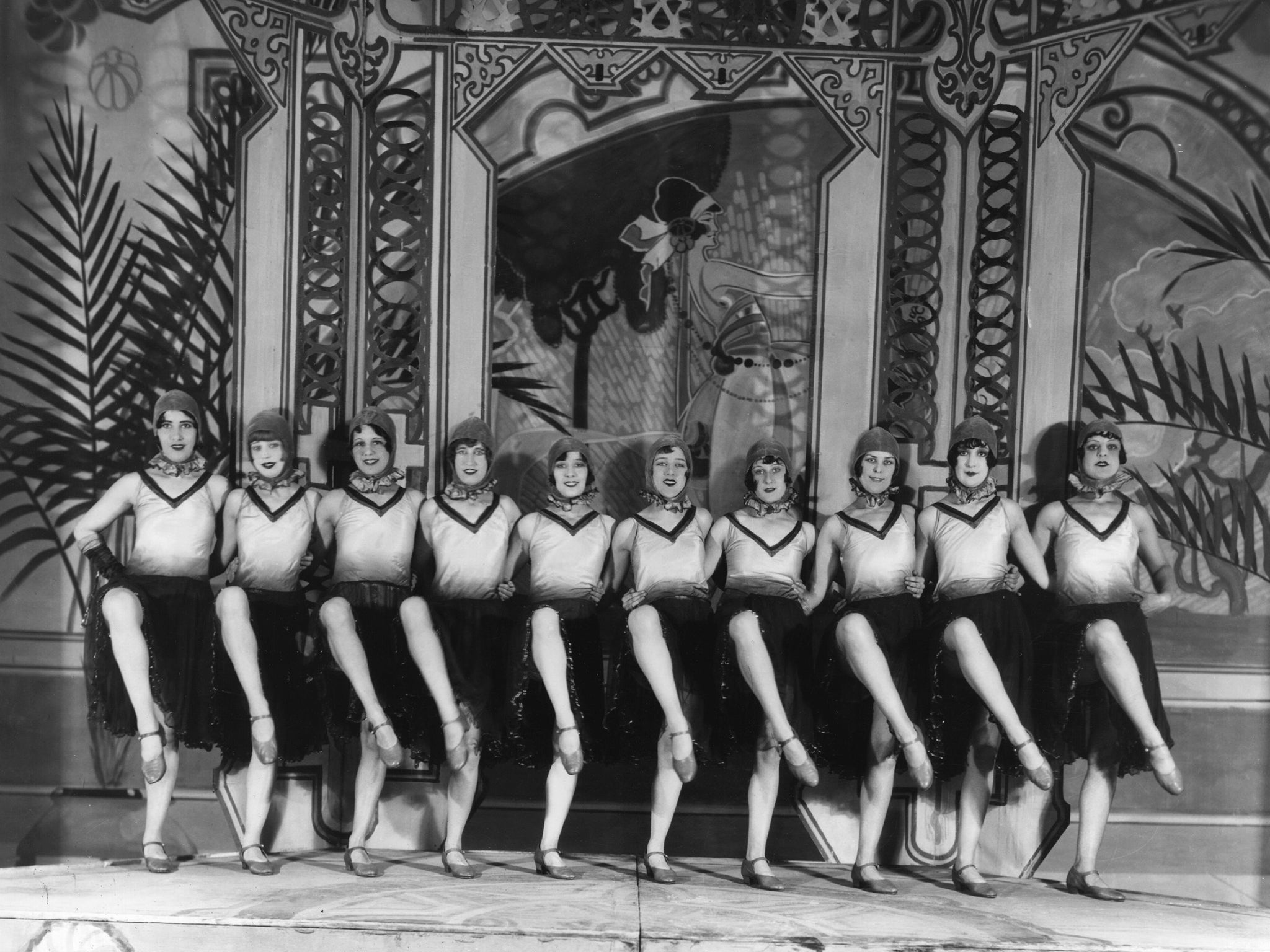Brighton Hippodrome tops list of 33 historic theatres at risk
Salford’s Victoria Theatre and the Plymouth Palace also at maximum risk

Brighton Hippodrome, one of the last remaining Victorian circus buildings in the UK, has been named as the most threatened historic theatre in the country, topping a list of 33 “at risk” venues.
The Theatres Trust released its annual Theatre Buildings at Risk register today, which highlights venues “that could be lost forever”, and said the future of the Grade II*-listed building was among the most concerning.
Mhora Samuel, director of the Trust, also voiced her fears about the impact of further cuts to local authority funding, which could force more venues onto the register.
She said that the future of the Hippodrome is “really in the balance” after Brighton & Hove City Council approved the derelict building’s £35m redevelopment into a cinema multiplex and restaurant.
The building opened in 1897 as an ice rink and was redesigned by Frank Matcham four years later as a circus, with a distinctive circular auditorium and richly-decorated ceiling.
The venue is of “national significance” Ms Samuel said, “as one of only three remaining Victorian circus theatres in the UK”. She added that current plans would involve subdividing the auditorium “which would render it impossible to use in the future”.
Locals campaigned to save the building and were backed by groups including the Frank Matcham Society and the Victorian Society. The decision to approve the planning application currently sits with Communities Secretary Eric Pickles.
The number of at-risk venues on the list has fallen from 48 in 2013, largely because the criteria were tightened to focus on the venues that are in immediate danger from issues including demolition, sale, decay and lack of funding.
In considering the threat, the Trust compiled ratings out of nine points, on the quality of the theatre building, the value to the local community and the risk to the building itself.
Alongside the Hippodrome, two other theatres were assigned the maximum risk rating, including the Plymouth Palace, built by the Livermore brothers in 1898, which is decorated with Art Nouveau tiles.
Salford’s Victoria Theatre, built in 1899 with a terracotta façade and scrolled plasterwork in the auditorium, is also in severe danger with the Save the Victoria Theatre Trust unable to afford the £175,000 asking price.
Of the 33 threatened venues on the register, 28 are in England and five are in Wales. There are none in Scotland.
While six were successfully saved since last year’s list, four theatres are now considered lost forever. The Brampton Playhouse in Cumbria was demolished and the RAF Brampton Theatre in Cambridgeshire is scheduled to follow. The Darlington Arts Centre is unlikely to be used as an arts venue again and the Warehouse Theatre in Croydon was demolished last year.
The trust estimates there are more than 2,000 theatre buildings in the UK although not all are used for theatrical performances. The register, which was launched in 2007, seeks to raise awareness over the most threatened theatres.
One of the Trust’s biggest fears is funding cuts. Ms Samuel continued: “The big question on the horizon is the extent to which more local authority cuts will lead to further closures. It’s certainly a very worrying trend.”
Three of the eight new theatres on the list, the Muni Arts Centre in Pontypridd, the Secombe Theatre in Sutton and the Charles Cryer Studio Theatre face closure by their local authorities.
Subscribe to Independent Premium to bookmark this article
Want to bookmark your favourite articles and stories to read or reference later? Start your Independent Premium subscription today.

Join our commenting forum
Join thought-provoking conversations, follow other Independent readers and see their replies